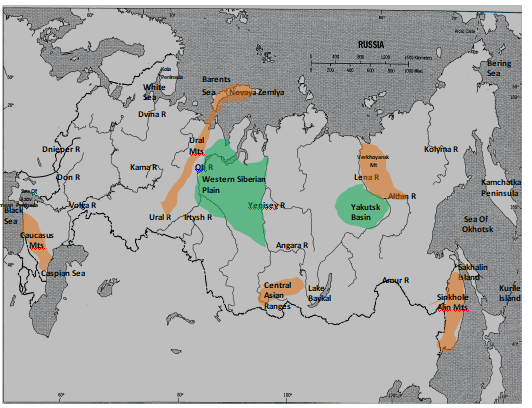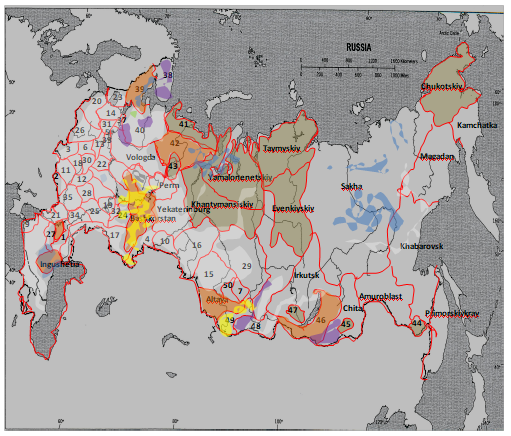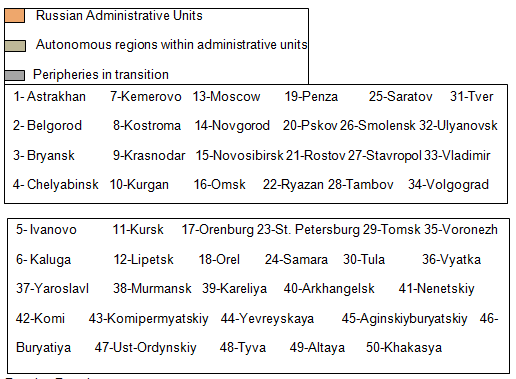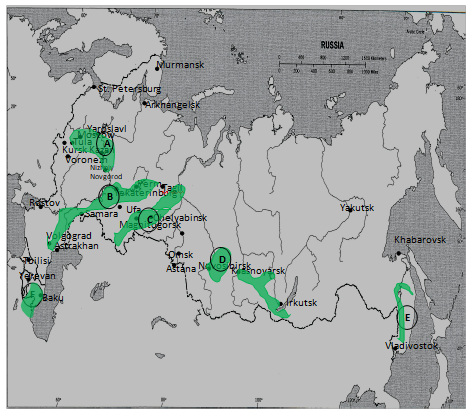Map comparison assignment
Russian climate is comparable to North America’s climate since they fall within the same latitude; above 300N. While these regions exhibit similarities they do portray some differences within some other regions. With respect to similarities both regions share the same climatic conditions especially on areas falling above latitude 500.
For instance, both have regions that experience the same humid cold climate having short cool summers (Dfc). Moreover, the similarities in climate shared by both regions are also portrayed by regions which exhibit humid cold climate experiencing cool summers (Dfb).
With regards to the differences, North America’s climate is a varied type relative to Russia’s. To this end, it can be seen that almost the entire Russian region experiences humid cold climate contrary to North America’s. North America has pockets of humid temperate climates (Cf) as well as dry climates (Bsk) (Schaefer 235).
Most of the Russian population is skewed towards the Western region. A big expanse of land stretching towards the East is sparsely populated thanks to the harsh climatic condition.
The densely populated Western region is laden with an assortment of ethnic groups including the Russians, Turkic, Caucasians, and Buryat among others. To this effect it can be seen as illustrated in figure 2-7 that most of the Russian administrative units are concentrated in these regions to serve the high population. Vitally, these administrative units are sited on areas that are laden with non-Russians for political reasons.
This is probably meant to stump its authority in these areas vital in bolstering its control over the regions. These regions are represented by Perm, Kazan, and Samara among others (MacLeod and Jones 670).
Russia is a geographical region that is concentrated with oil and gas deposits but not on the entire land. Most of the explored deposits are seen on the Western part of Russia. These areas represent Transcaucasia, Volga-Urals, North Caspian and West Siberia. The list of the regions is not limited to the previously mentioned regions since there are still others that have already been explored or, they are yet to be explored.
These areas that have better communication channels that include railway lines are vital for speedy transportation of cargo. On focusing on the population density of this region it can be seen that the population mass is biased towards these regions; those that have railway transport lines, and those with oil and gas deposits.
While focusing on the maps of Russia and the United States with respect to expansion and growth some similarities can be drawn. For instance, to some extend both states owe their expansion, as John Borchert put it, to ‘The Iron Horse Epoch’ characterized by the discovery of rail transport.
To this end, Russia was able to extend its influence far east to cities like Vladivostok. Similarly, this was the fate of the current States in the US in the far West. However, the difference in their strategies of expansion stem from the origin of the ancient cities. While the US pioneering cities are borne from the sea ports, the Russian ones were borne due to their strategic locations; e.g. Moscow was easily defendable.
The idea of Russia to conquer some States in the Northern part (Alaska) of the US in the 19th century has been a source of strained ties between the two nations to date. As a result it led to a series of cold wars that is being witnessed to date.
Oil and gas are two important natural resources that enhance industrial growth of a given state. For instance, in this case Russian economic growth is built on manufacturing industries which enjoy success owing to the availability of oil and gas deposits littered on the Western part of the state.
On a closer observation of the maps (figures 2-11 and 2-12) it is evident that most manufacturing regions of Russia are located on the very regions where there are energy reserves. Vitally, the energy resources overlap the neighboring states which initially formed the USSR before disintegration (Kimble 450). These states include among others Ukraine, Belarus, Estonia, Uzbekistan, Armenia and Georgia.
The disintegration of USSR to the current state of Russia has been a big blow to the state because of the economic losses due to energy deposit losses. Russia can redeem this deficiency by exploring new energy resources from its vast expanse of land or, it can import from its neighbors.
Map construction





Works Cited
Kimble, Hebert. “The Inadequacy of the Regional Concept” London Essays in Geography 2.17 (1951): 492-512. Print.
MacLeod, George, and Jones Mother. “Renewing The Geography of Regions.” Environment and Planning 16.9 (2001): 669-695. Print.
Schaefer, Frankline. “Exceptionalism in Geography: A Methodological Examination.” Annals of the Association of American Geographers 43.3 (1953): 226-245. Print.